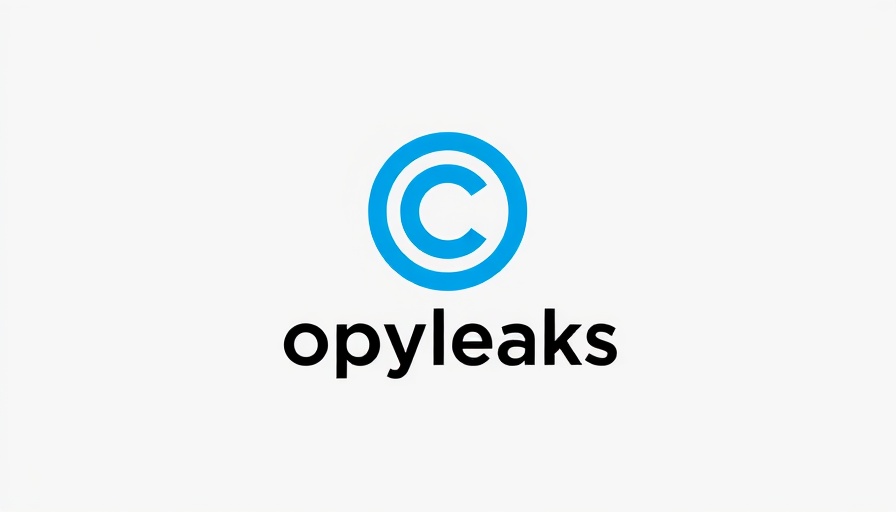
Understanding Google's SynthID: A New Approach to AI Detection
In June 2025, Google took a significant step in tackling the ever-evolving landscape of AI-generated content with the introduction of SynthID Detector. This new tool claims to detect AI-generated outputs across various media formats, including text, images, videos, and audio. However, its current functionality raises questions about the effectiveness and reach of such detection technology.
The Mechanics Behind Watermarking
SynthID operates on the concept of watermarking—a technique where invisible identifiers are embedded into the content produced by AI tools. Unlike traditional tangible watermarks, these digital markers remain hidden to audiences but are detectable by specific tools designed to identify content backed by Google's AI models, such as Gemini for text and Imagen for images.
Limitations of Synthesis Detection
Despite its innovative premise, there are caveats to using SynthID. Primarily, it functions only with content generated directly through Google’s suite of AI services. If you were to check AI-generated text from platforms like ChatGPT, SynthID would not recognize it. This limitation indicates a pressing need for universal detection systems that can recognize AI-created content across various platforms.
Fragmented Approaches to AI Detection
The challenge of distinguishing AI-generated content is amplified by the fact that many major tech companies, including Meta, have developed their own unique watermarking tools. Each system is model-specific, creating a fragmented ecosystem where users must adapt to different tools to verify content. Experts have voiced concerns regarding the necessity of a unified detection system that transcends specific models, helping to mitigate misinformation in digital media.
The Role of Metadata in Combatting AI Misuse
Another avenue being explored alongside watermarking is the use of metadata—information that chronicles the origin, authorship, and editing history of media. Tools like Content Credentials allow users to authenticate media by inspecting its edit history. However, this solution also faces challenges, as metadata can easily be stripped away when content is altered or shared on social media.
The Bigger Picture: What This Means for Content Creators
As students and content creators, understanding these developments is crucial. The rise of AI tools brings both opportunities and challenges. While SynthID and similar tools seek to protect originality and combat misinformation, they also remind us of the importance of transparency and authenticity in our digital creations. For students concerned about their work being flagged by AI detection tools, it's vital to be armed with knowledge and strategies to navigate this new digital landscape.
Your Next Steps: Stay Ahead of AI Detection
As AI technology continues to evolve, tools like SynthID may play a pivotal role in shaping how we interact with content. However, it's essential to remain proactive about your writing strategies. If you're looking to bypass AI detectors and ensure your work maintains its originality, consider exploring solutions like Prompt2Human. Being informed is your best defense in navigating AI's complexities.
 Add Row
Add Row  Add
Add 




 Add Row
Add Row  Add
Add 

Write A Comment